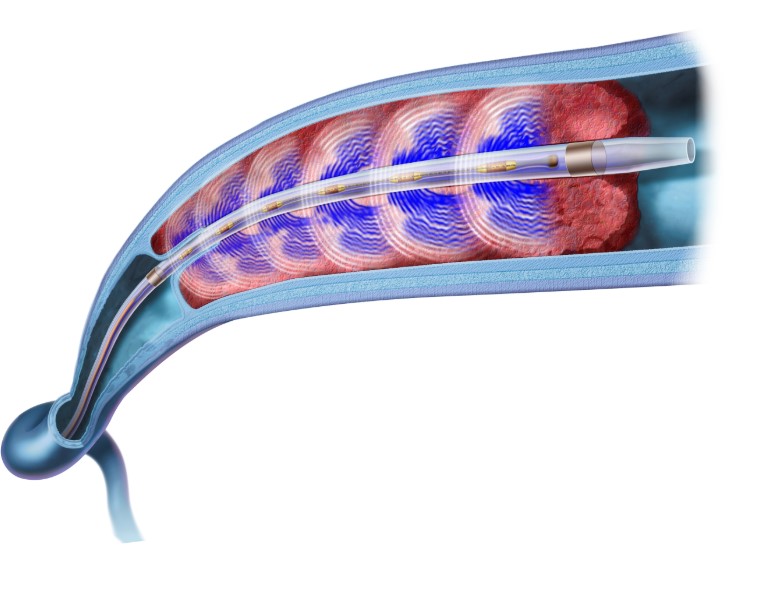Deep vein thrombosis is a terrible condition to suffer, and while you can survive and prevent later occurrences, you still have to determine how to treat it. There are a number of ways to do so, and the best option depends on your particular needs. DVT can be addressed inside and outside a hospital, so read on to see what your choices are.
Anticoagulant Medication
Also known as blood thinner, this branch of medication is commonly prescribed for circulatory illnesses and clots alike. As the name suggests, it weakens your blood’s ability to clot and prevents present clots from growing or moving. It doesn’t dissolve them, but you’ll be less likely to develop a pulmonary embolism as a result. There are different types available, so talking to your physician can help you choose the right one.
Compression Stockings
A swollen leg or legs is one of the symptoms of a DVT, and compression stockings can alleviate it. As they start tight around the ankles and loosen around the knees, the gradating pressure supports good blood flow and can prevent future clots. Swelling originates from internal blood build-up caused by the blockage, so the stockings counteract this side effect and boost the vessels not affected to work well.
Thrombolytic Catheter Therapy
This form of DVT treatment puts a small tube inside a chosen vein, usually in the leg, groin, or neck. The tube administers clot-destroying medication to the clot itself, followed by removal of the tube and additional medication to make sure the thrombus is gone. The performing doctor or doctors will seal the insertion area shut, and you’ll be relieved of your clot. Sometimes a small machine is used to suction or break up any remains.
Clot Buster Medication
If blood thinners aren’t proving effective, you may be led to try “clot busters,” which are often the drugs found in thrombolytic catheter treatments. Instead of going through a tube, though, a doctor can inject them near the site of the clot with an IV. They cannot be used in conjunction with blood thinners, so ask your physician about the risks.
Vena Cava Filters
These helpful devices are inserted via catheter in a minor surgery, usually starting in a large vein and being moved into the vena cava. As clots travel through the bloodstream, the filter them before they can ever come close to the lungs and cause a pulmonary embolism. The filter won’t prevent other clots from forming, but if medication isn’t an option (or you’re getting clots in spite of medication), a vena cava filter can be life-saving.
While changing your lifestyle habits goes a long way towards alleviating a deep vein thrombosis, sometimes a round of treatment is what you need to keep the clots away. The above options can all be discussed with your physician, though you’ll also want to talk about post-treatment. Deep vein thrombosis is an unpleasant and dangerous problem to have, but it isn’t insurmountable.











